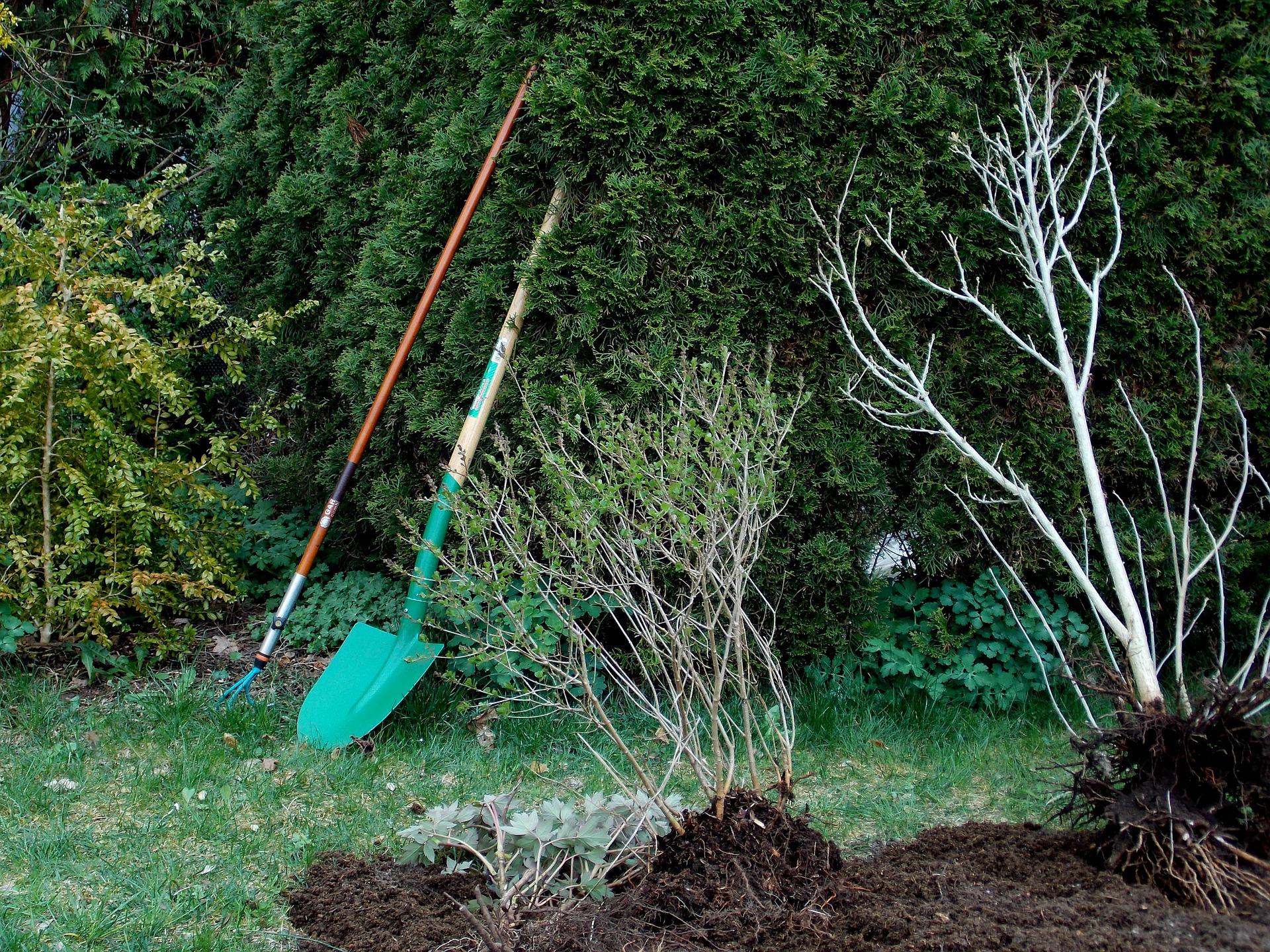Soil building and fertility
- Perform a soil test every 3-4 years and follow fertilizer and liming recommendations.
- Ask Extension experts at the Home and Garden Information Center or your local Extension office for help interpreting the results.
- Fertilize, only as needed, to maintain vigor.
- Avoid over-fertilizing plants, as it can lead to pest problems.
- Incorporate organic matter in flower and vegetable beds on a regular basis.
- Read more about soil basics.
Mulches
- Apply mulch at a maximum depth of 3" and never against the trunk of a tree.
- Maintain even soil moisture.
- Prevent weed growth and soil erosion.
- Protect plant roots and crowns from winter damage.
- Read more about mulch.
Manage runoff and pollution from impervious surfaces
- Direct water flow away from pavement and toward a well-vegetated area.
- Improve existing water infiltration by incorporating organic matter into lawns and planting beds.
- Consider using pervious paving options for driveways and entertainment areas.
Watering trees and shrubs
- Avoid overhead watering and splashing soil onto plants.
- Water trees and shrubs slowly and deeply. Remember that the root zone can extend out 2 to 3 times the height of the tree, well beyond the dripline. Check the depth of soil moisture after irrigation by digging a small hole or inserting a stick.
- Use drip irrigation and soaker hoses where practical.
Remove or mow weeds
- Weeds rob plants of moisture and nutrients and are alternate hosts for pests and diseases.
- Learn to identify and manage weeds.
Other cultural practices
- Prune to increase air circulation.
- Avoid accidental root pruning through hoeing and tilling.
- Don’t work with plants when foliage or soil is wet.
- Use row covers to prevent pest problems in vegetable gardens.
Garden sanitation
- Remove and dispose of diseased or infested plant parts and dead plants.
- Rake up and dispose of diseased leaves and fruits.
- Clean up and compost garden debris in the fall.
